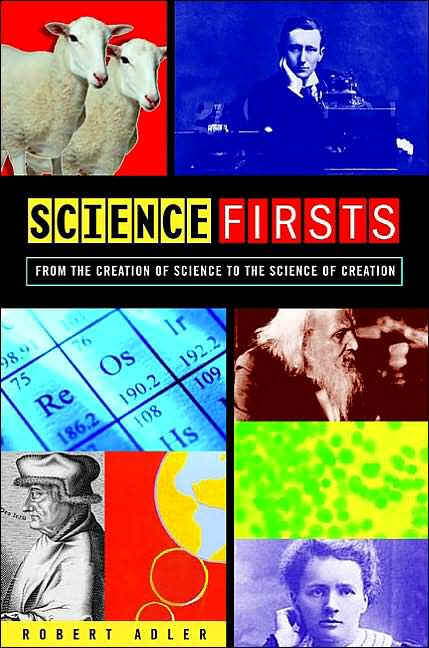|

e.encyclopedia
 An Innovative Encyclopedia, November 24 2003
An Innovative Encyclopedia, November 24 2003
Reviewer: The Rebecca Review
"The key aim with e.encyclopedia is to give kids
the best resources on paper and online." ~Sue Grabham
Since 99% of public schools in the United States claim to
have internet access and more than half of all school-age
children are using the internet for homework, e.encyclopedia
takes homework to the next level.
This book presents information on everything from Space
Observatories to Philosophy. There are annotated maps, charts
and timelines. It also has "information keyword
buttons." They are little gray dots with white words or
white words highlighted in gray. They are easy to find and are
blended in all over the pages. When looking at information on
volcanoes, I find a button with the word: volcanoes and a
highlighted word: Lava.
By entering the site URL to a special area of the DK/Google
site, you can find more detailed information. Then, you type in
the keywords to find additional information, real-time reports,
satellite images, virtual tours and databases. There are also
downloadable images and just about everything kids need for
homework and projects.
So, say you are researching Ancient Greece and have traveled
through this book arriving at say pg. 376. There, you will find
a picture of The Parthenon, information on amphitheaters and
even a picture of an Athenian coin. To access additional
information, you go to the "DK/Google" site and type
in the keyword: "Ancient Greece." This takes you to a
page with more options.
Explore everyday life in Ancient Greece
Important sites in Ancient Greece
Find out more about the Ancient Greeks
Examine Ancient Greek Artifacts
Then you click on "Explore everyday life in Ancient
Greece" and are transported into a page from the history
channel. So, in this way, you can find information super fast.
It does seem they have made every effort to make links to only
reputable sites so parents won't have to worry about children
encountering inappropriate material. There are links to more
than 1,000 useful sites.
So, do you have to pay extra to use the e.encyclopedia
website?
No, it is free. The website address is located on the first
page of the book. Once you purchase the book, the website is
free.
This book covers a wide variety of subjects including: Earth,
Nature, Science and Technology, People and Places, Society and
Beliefs, Arts and Entertainment, History and the Human Body.
I think they have gone out of their way to make this kid
friendly, however, even adults might be interested in finding
many of the links. I found the section on seeing how an embryo
develops in the womb to be rather fascinating. The section on
new materials was quite interesting. Could seaweed be used to
make a new plastic? Apparently there is material called "Seagel"
that is made from agar and is the lightest solid.
You will also find answers to the following questions:
Are mountains still growing?
What causes tides?
How do scientists use the Quantum Theory?
Why is a swimming pool deeper than it looks?
Who were the first philosophers?
How are Musical instruments categorized?
What is a nanomachine?
Who really invented the World Wide Web?
How does the Internet Work?
DK excels in the illustration department. You will find a
toucan peering out of the page on pg. 233 and beautiful
full-color illustrations on every page.
Picture highlights: The picture of the Hindu Marriage. What a
dress! Loved the picture of the nanorobots and the pictures for
the diatonms were rather pretty. Also, who knew a pollen grain
was so beautiful. The photography is spectacular.
DK & Google have joined forces to make homework fun.
There is so much information here, I could spend hours just
looking through page after page. e.encyclopedia will give your
children a basic overview of our life on earth. Not only will
children find these facts intriguing, once they find a subject
of interest, they can take their knowledge to the next level by
continuing their research online.
What a brilliant idea!

Online!
The Book

Science
Firsts
|